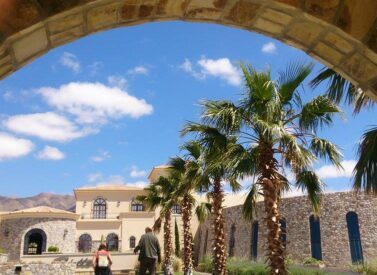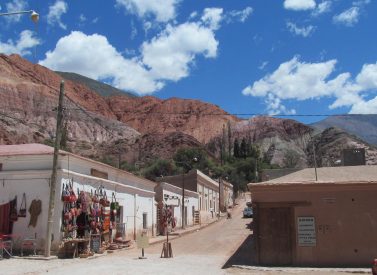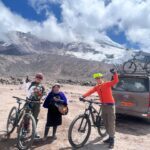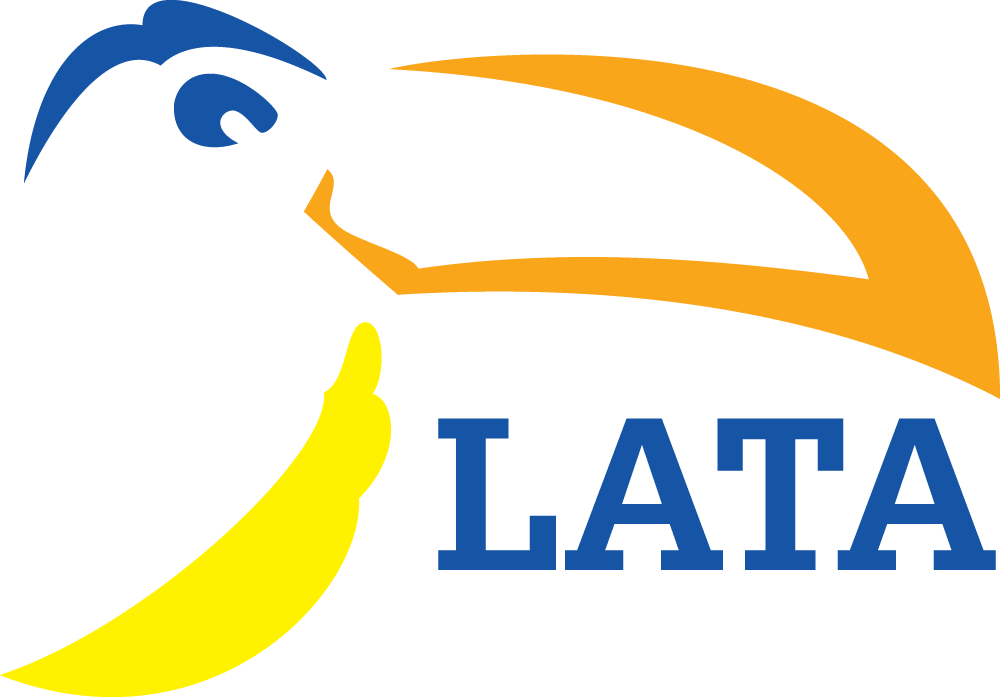The Best Things To See and Do Around Salta Province and Jujuy, Argentina
 by Tom Shearman on 4th September, 2025
by Tom Shearman on 4th September, 2025
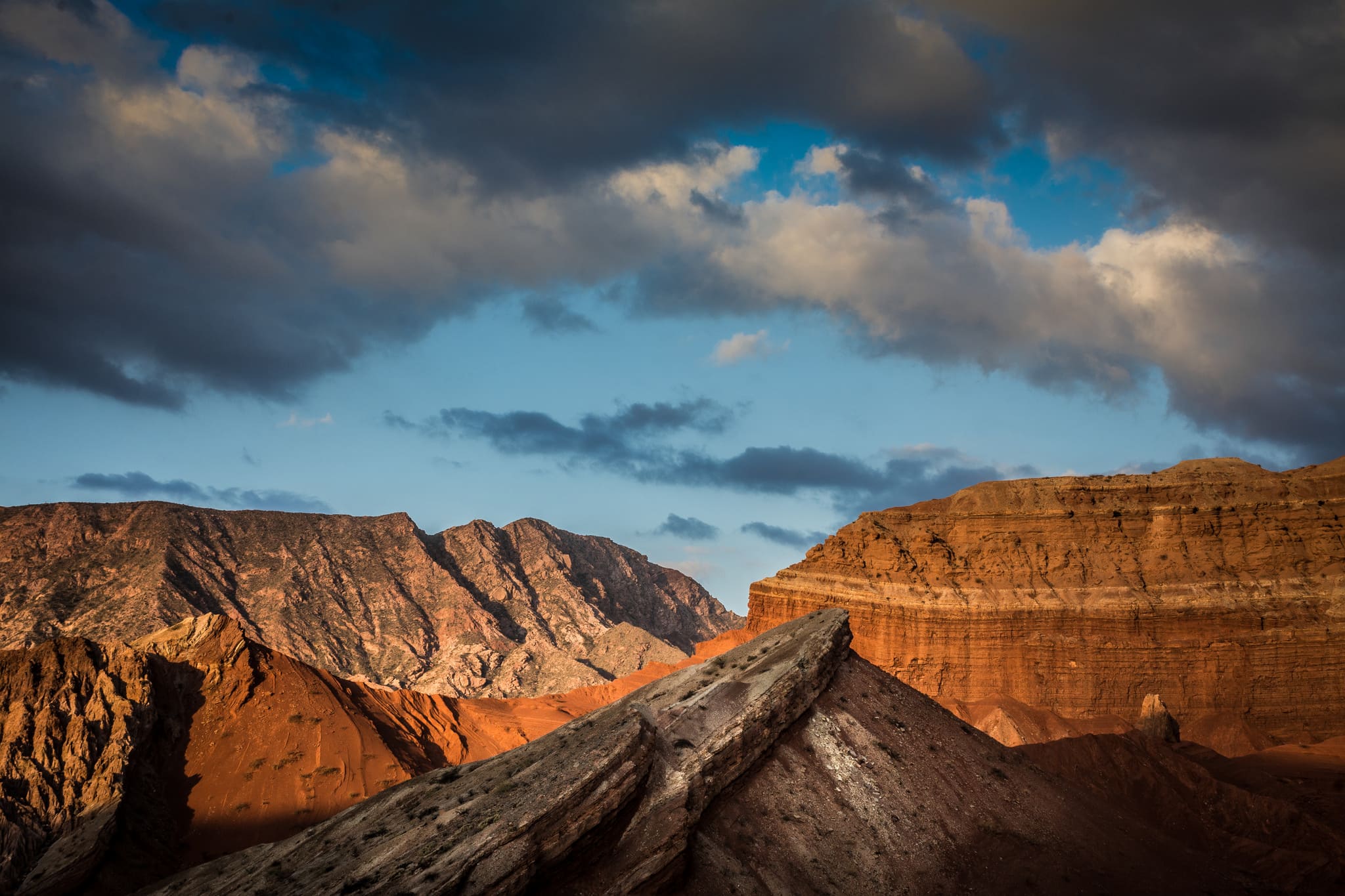
The Best Things To See and Do Around Salta Province and Jujuy, Argentina
There are many great things to see and do around Salta and Jujuy. This province is an area of incredible beauty and fascinating high Andes culture.
Salta is the charming capital and colonial city of North West Argentina, or NOA to the locals. It nestles in the Andean foothills in the Lerma Valley. It is the perfect base for exploring the Salta Province and Jujuy.
Nearby attractions include multi-coloured mountains, some of the world’s highest-altitude vineyards, sumptuous food, and vast snow-white salt plains.
Scenic bodegas, pre-Inca ruins, and artisanal markets dot rocky landscapes, some of which are designated UNESCO World Heritage Sites.
Here are a few of the best things to see and do in Salta, Salta Province, and Jujuy, in northwest Argentina.
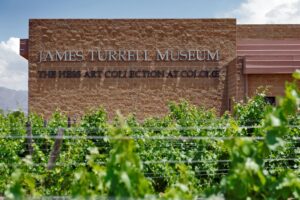
Is Salta in Argentina Worth Visiting?
Salta’s rich indigenous and colonial culture and the stunning mountains that surround it make the city one of Argentina’s must-see destinations.
It sits at a pleasant 1,000 metres (3,300ft) above sea level. There is much to enchant the visitor. Many travellers use Salta as a gateway before exploring the rest of the Jujuy region.
There are many fine hotels, restaurants, and bodegas, and people flock to try the tasty empanadas and tamales salteños. These classic local dishes are boiled and served warm. Tamales salteños feature corn dough (masa) wrapped in corn husks (chalas) and filled with a mixture of shredded meat (lamb, pork head, or beef), onions, and spices. Delicious.
What Not to Miss in Salta?
Unmissable visitor attractions in Salta include:
- Museo de Arqueología de Alta Montaña(High Mountain Archaeological Museum), full of pre-Columbian artefacts including mummies.
- The famous pink Cathedral Basilica de Salta, with its opulent interior, is located in Salta’s central plaza.
- Ride the Teleférico San Bernardo cable car for fantastic views over Salta and the valley.
- Explore the region’s rich history at the Museo Histórico del Norte.
- Take a walking tour around Salta’s charming plazas and enjoy its incredible colonial architecture.
Check Kathy’s Top 10 Things to do in Salta for more.
The Best Things To See and Do in the Quebrada de Humahuaca
North of Salta lies the spectacular Quebrada de Humahuaca, replete with multi-coloured mountains, dramatic views, and thriving Andean cultures.
This UNESCO World Heritage Site runs some 100 miles/160km along an old Camino Inca trade route next to the Rio Grande. There are many fantastic attractions to visit in and around the Quebrada de Humahuaca UNESCO zone.
A self-drive tour in this region is the best way to take everything in.
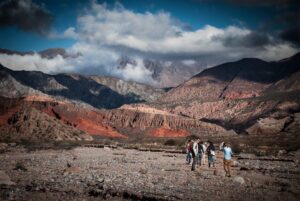
Purmamarca and the Mountain of Seven Colours
From Salta, head north to Purmamarca and the famous Cerro de Siete Colores, or Mountain of Seven Colours. Purmamarca is the southerly start of the Quebrada de Humahuaca.
Here, tectonic plate movements over time have pressed together seven rock types of different colours and ages.
The resulting hillside glows with splashes of pinks, browns, purples, greens, and yellows, whose lustre becomes only more dramatic at sunsets and sunrises. Aside from the Cerro de Siete Colores, Purmamarca is also home to a beguiling handicraft market that treks along the Purmamarca River.
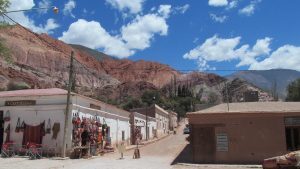
Salinas Grandes: The Salt Flats
Lying at 3,450m (11,318ft), the Salinas Grandes salt flats lie to the east of Purmamarca. The sight of more than 200km2 of pristine white salt is one to behold.
The dried bed lake of salt shimmers and reflects the dazzling sun, and any damp water pools often reflect the surrounding mountains in one of the area’s most striking attractions. Be sure to bring your sunglasses for the glare, and a camera for the many photo opportunities.
Locals still harvest the salt for human consumption and to make salt sculptures as souvenirs. Check the Ojos de Salar natural springs; dipping your fingers in will turn them white with salt. These salt flats match the impressive white salt flats of Uyuni in neighbouring Bolivia.
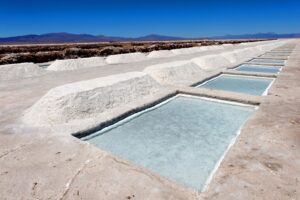
Heading to Humahuaca
Continuing north lies the colonial high Andean town of Tilcara, with its 12th-century UNESCO-protected pre-Colombian Pucara fortress perched over the town, its botanic gardens, and Archaeological Museum. Few people make it this far so that you might get the spectacular views to yourself.
The small town of Humahuaca features a popular artisanal market and an imposing monument by Ernesto Soto Avendaño to mark Argentina’s independence. The Independence Monument celebrates the gauchos and indigenous people who fought to liberate Jujuy from Spanish rule.
To the east, down a gravel road, is Hornocal, where an impressive bank of coloured mountains lies. There are fantastic views from this UNESCO World Heritage Site, perched at some 4,000m/13,123ft.
Iruya requires some driving skill to reach this seemingly dreamscape village built on a hill slope. Villagers wander around this sleepy place in traditional dress, keeping their Andean culture alive. Enjoy fantastic views as you walk the narrow cobblestone streets that meander past adobe houses.
The Quebrada de Humahuaca ends at Argentina’s border with Bolivia at a small town called La Quiaca, which travellers mainly use as a crossing point. It lies some 250miles/400km north of Salta.

Top Attractions to the South of Salta
A self-drive tour south of Salta is also highly recommended. Here are some travel highlights:
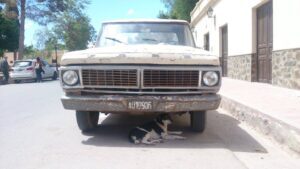
- Cachi: A picturesque town surrounded by mountains, offering Andean culture amid dramatic scenery.
- San Antonio de los Cobres: Visit the museum and church, before taking the famous train ride at 4,220m/13,845ft.
- Tren a las Nubes (Train to the Clouds): A famous high-altitude train journey with incredible views and a trip through time. Embark in San Antonio de los Cobres.
- Los Cardones National Park: Home to giant cacti and a spectacular mountain landscape.
- Cuesta del Obispo: A winding mountain pass with breathtaking views and dramatic switchbacks.
- Animaná: Enjoy walks, sculptures, an art museum and the local intense and fruity white wine called Torrontés.
- Angastaco: Features artisanal wines, a lovely church, and a fascinating archaeological museum.
- San Carlos: Home to a historic church and artisanal products in the Camino de Los Artisanos.
- Molinos: A church with a cactus roof, the James Turrell Museum, and the Colomé winery, the oldest vineyard in Argentina.
- Seclantás: Pick up a Salteño poncho here and enjoy top-quality food in this charming town.
You can visit many of these sites en route to the world-renowned Cafayate.
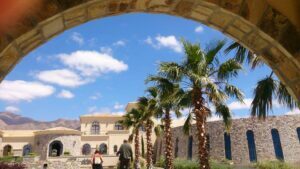
What To See and Do in Cafayate
Cafayate is 120 miles/190km south of Salta, sitting at a pleasant 1,600m (5,250ft) in the Quebrada de Las Conchas. This is wine country, especially the Torrontés grape, second only to Mendoza in Argentina for wine production.
People love to explore the vineyards here, hike, rent and ride bikes, or swim in the Colorado Falls.
The intense, high-altitude sun in Cafayate produces concentrated flavours in grapes irrigated by Andean meltwater. Classic bodegas to visit include:
- Bodega El Esteco: Enjoy good food and wine tasting events, featuring famous varieties like Malbec, Cabernet Sauvignon, and Merlot.
- La Estancia de Cafayate: Fine dining, a golf course, hotel, tennis centre, and polo club—a great all-rounder.
- Piattelli Vineyards: Just outside town, Piattelli is one of Argentina’s most famous vineyards, and booking is essential.

Top Attractions Between Cafayate and Salta
The Quebrada de Las Conchas (Shell Gorge) links Cafayate and Salta. Tectonic upheaval has created an incredible array of rock formations and geological features in shades of red, ochre, yellow, and more.
Self-drivers can stop off at as many of the following attractions on this terracotta-coloured route. Each is accessible from the main road, followed by a short walk.
The Devil’s Throat (Garganta del Diablo) takes you into a red and orange chamber, making it the perfect place to contemplate. Next, the Amphitheatre (El Anfiteatro) offers beautiful acoustics, hence its name, among the equally lovely colours.
Explore the La Yesera stacks, featuring bright rock formations similar to those in the United States’ Monument Valley, albeit smaller and in brighter colours. For a longer walk, try the El Paso trek through the colourful mountains, allowing 2-3 hours in total.
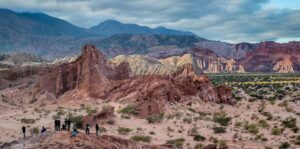
Bruce Percy’s Recommendations
Scottish landscape photographer Bruce Percy has his own thoughts. He said: “The amazing red clay hills, particularly the area around the town of Tolar Grande and the conical hill, Cono de Arita. The landscape is otherworldly, surreal.” Check his images from his tour.
Click here for images from Bruce’s first visit in 2015.
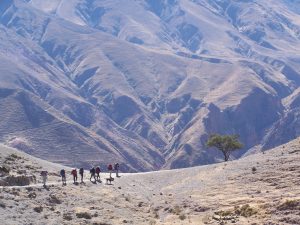
When Should I Visit Salta Province and Jujuy, Argentina?
The best time to visit Salta and Jujuy is between April and October. The dry weather makes self-drive tours easier. The rainy season from November to March can see more remote gravel roads become impassable, such as the road to Iruya.
How Many Days Should I Spend in Salta?
You need 2-3 days to see the best of Salta, and anywhere from 4-8 days to fully explore Jujuy. A guided tour or a self-drive is the perfect way to ensure you fit it all in.
How Do I Get to Salta?
There are several daily flights from Buenos Aires, as well as a bus service from Salta to San Pedro de Atacama in Northern Chile.
What Are the Travel Highlights in Salta and Jujuy?
- Visit the UNESCO World Heritage Sites like Humahuaca Gorge and Purmamarca
- See the Mountain of Seven Colours at sunrise or sunset
- Explore Andean villages like Iruya and Tilcara
- Peruse artisanal markets
- Wander pre-Inca ruins and Inca sites
- Gaze at the snow-white Salinas Grandes of Argentina
- Discover historic towns with quaint plazas, churches, and houses
The Best Things To See and Do Around Salta Province and Jujuy, Argentina
The top attractions in Salta and Jujuy range from historic churches to multi-coloured mountains to Andean markets. This little-explored corner of northwest Argentina is bursting with tradition, breathtaking scenery, fine food, and crisp, clean air.
Highlights include the Mountain of Seven Colours, Salinas Grande, and the UNESCO-protected Quebrada de Humahuaca. Contact us for more.



 a Group Tour
a Group Tour 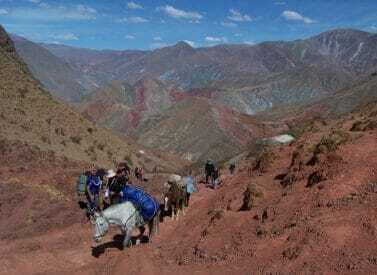
 a Tailor Made Tour
a Tailor Made Tour 